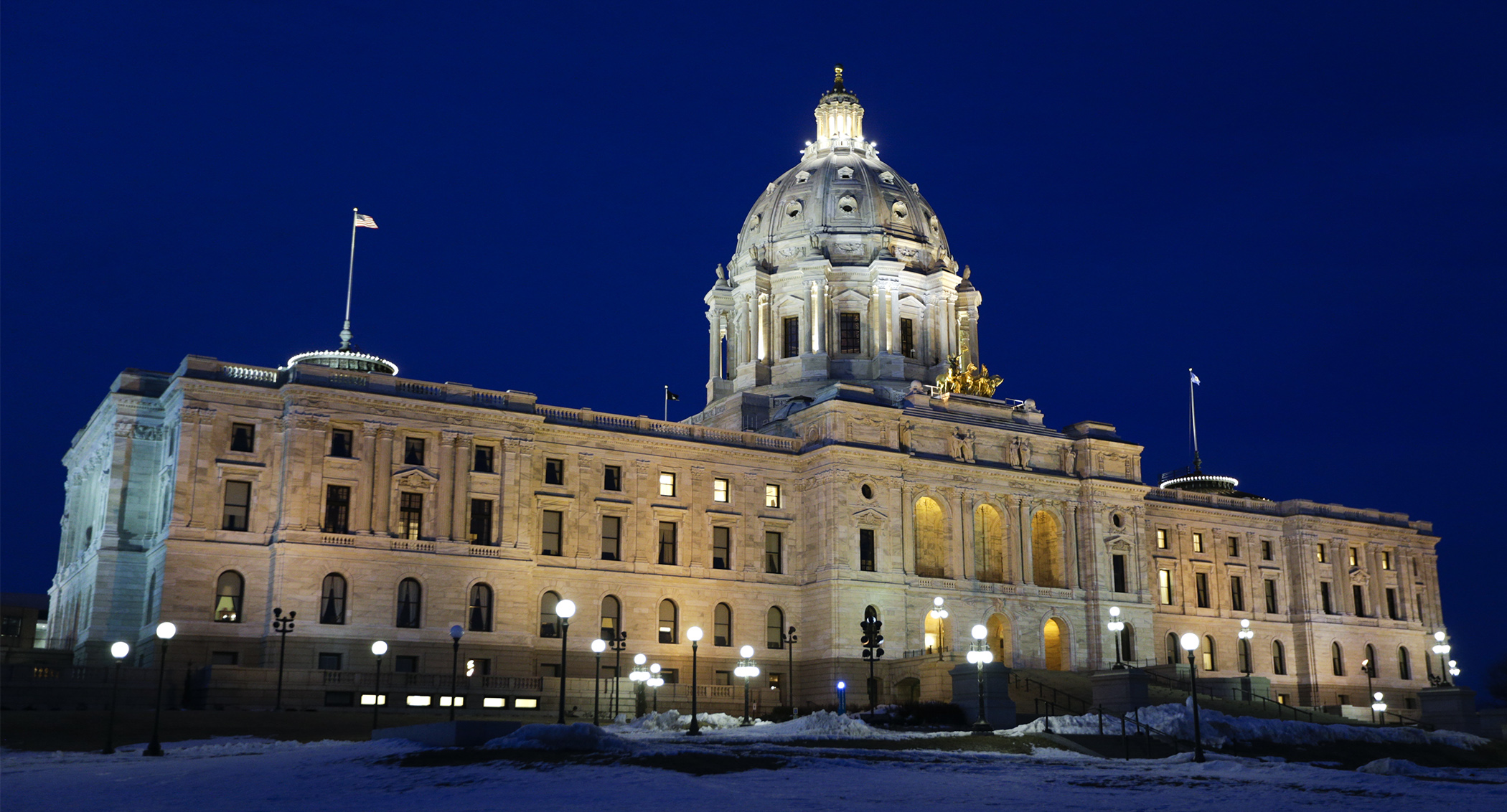Minnesota well-positioned for recovery, state economist tells lawmakers

Gov. Tim Walz is set to propose his budget targets on Tuesday for the 2022-23 biennium. The amount of money he will ask the Legislature for is based on forecasts of the state’s economy and how much tax revenue it might generate.
Helping create the forecasts is State Economist Laura Kalambokidis, who gave an overview of the economic health of the state to the House Workforce and Business Development Finance and Policy Committee Monday.
During her presentation, Kalambokidis noted the governor’s budget is based on the department’s November forecast.
Kalambokidis could not share any details of the forecast to be released late next month, as it is still in progress, but did predict a robust recovery from the COVID-19-caused recession and that “growth will return this year.”
The Minnesota economy generally follows national trends, she said, noting that economists are predicting positive economic growth for the country this year.
In the third quarter of 2021, when health experts predict there will be an effective COVID-19 vaccine available to the general population, Kalambokidis said she expects the Minnesota economy to “transition from recovery to expansion.”
But she warned if the assumption of an effective vaccine is wrong, those rosy economic predictions will not come true.
“The path of the economy depends critically on the path of the pandemic, the rollout of vaccines, and the ability of governments to lift restrictions,” she said.
Kalambokidis said lawmakers should be aware of several trends as they work to provide economic relief to those affected by the pandemic, including:
- lowest wage-earners filed nearly 60% of unemployment claims in 2020;
- lower-wage workers faced longer durations of unemployment; and
- workers with more education more easily transitioned to working remotely.
Kalambokidis, also a professor in the Department of Applied Economics at the University of Minnesota, said many states, including Minnesota, experienced unexpected increases in tax revenue in 2020 when consumers spent more than predicted on higher-taxed durable goods such as appliances.
That consumer trend helped the state collect higher revenues in the 2020-21 biennium, Kalambokidis said, resulting in a projected surplus of $636 million over the previous budget forecast.
But even with that extra money collected, she said a $1.3 billion budget shortfall remains for the 2022-23 biennium.
Related Articles
Search Session Daily
Advanced Search OptionsPriority Dailies
Speaker Emerita Melissa Hortman, husband killed in attack
By HPIS Staff House Speaker Emerita Melissa Hortman (DFL-Brooklyn Park) and her husband, Mark, were fatally shot in their home early Saturday morning.
Gov. Tim Walz announced the news dur...
House Speaker Emerita Melissa Hortman (DFL-Brooklyn Park) and her husband, Mark, were fatally shot in their home early Saturday morning.
Gov. Tim Walz announced the news dur...
Lawmakers deliver budget bills to governor's desk in one-day special session
By Mike Cook About that talk of needing all 21 hours left in a legislative day to complete a special session?
House members were more than up to the challenge Monday. Beginning at 10 a.m...
About that talk of needing all 21 hours left in a legislative day to complete a special session?
House members were more than up to the challenge Monday. Beginning at 10 a.m...